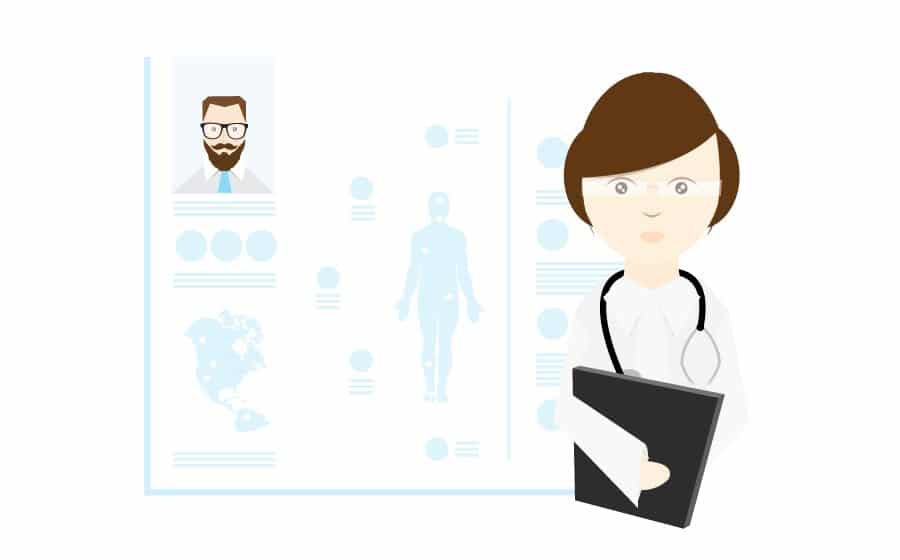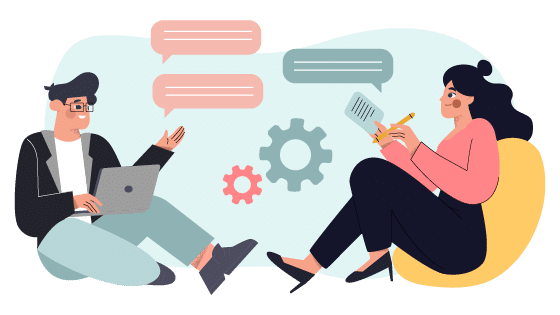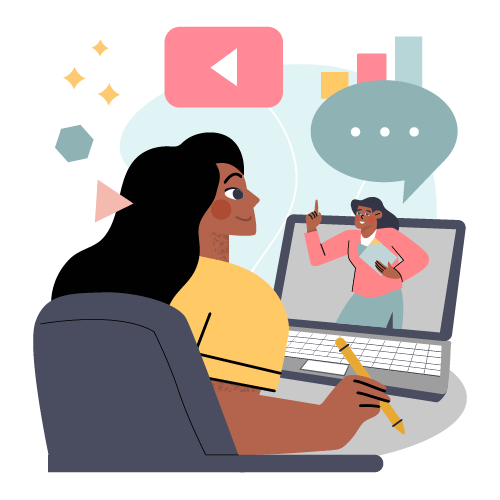When you think of typical healthcare training, it probably brings to mind conference centers filled with white coats, endless slides, and a lot of complicated jargon. But the medical field is making huge strides in eLearning, with a 45 percent increase in custom content development services.
In an industry steeped in tradition and status, healthcare professionals are starting to loosen up their stethoscopes and welcome a new type of training and learning. The sheer convenience of eLearning is enough to make time-strapped docs take notice, but it’s the content and application that has the biggest impact.
Diagnostics and Artificial Intelligence
Patients might not take kindly to a computer diagnosing their next cough, but artificial intelligence is lending a hand for diagnoses and treatment options. Utilizing systems that allow health care professionals to combine their observations with massive databases full of studies, treatments, and reports means better access to information and ultimately better care. Through sophisticated healthcare diagnostics tools, professionals literally have the entire weight of decades of options and outcomes at their fingertips.
Electronic Records
Here’s the thing: Humans make mistakes. They have sloppy handwriting; they get distracted; they pull the wrong files. And in healthcare, small mistakes can have dire impacts on patients’ health. In 2009, the U.S. government issued a $19 billion dollar stimulus to the healthcare industry as funding for electronic records.
By transferring patient records to a digital database, it’s less likely that a professional can make human mistakes. Digitizing records means access to a patient’s entire health history, including contraindications, family history, medical issues, and past care procedures. In short, it’s human care without the human mistakes.
Interactive Simulations and Training
Naturally, every healthcare professional undergoes rigorous education and training before graduating and heading into the field. The problem is that the medical field changes so rapidly that each crop of graduates already begins a little behind the rest of the industry.
A study by the World Health Organization found that eLearning was just as effective as traditional training methods for healthcare professionals, particularly when simulations were used. When healthcare professionals can test their knowledge and technique (and receive automatic feedback) with a simulation, there’s an increased level of confidence that goes hand-in-hand with a well-practiced pro. This bodes well for eLearning development companies.
At the same time, training can be used as a refresher and to introduce new concepts to even the most established health care professionals, making it more accessible and faster for time-crunched docs.
As one of the fastest-growing, early adopters of eLearning, the healthcare industry is giving us all a lesson in utilizing online tools, simulations, scenarios, and digital recordkeeping as a way to consistently improve patient care and experience.






